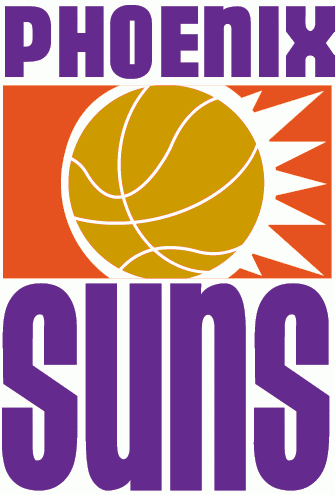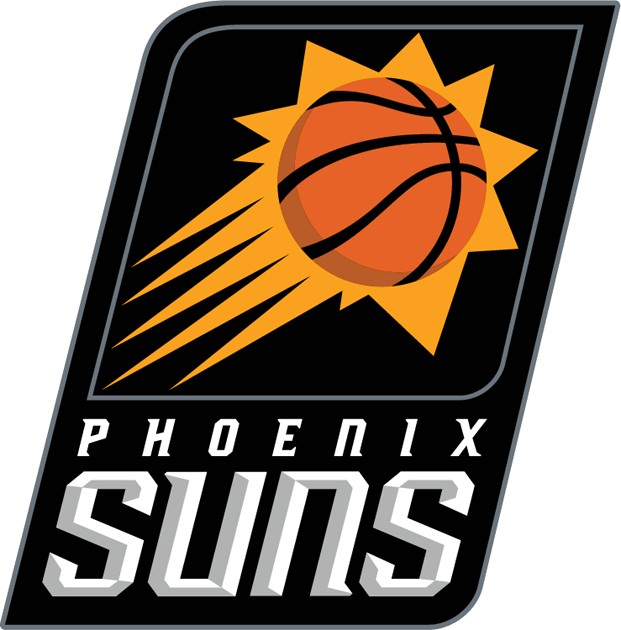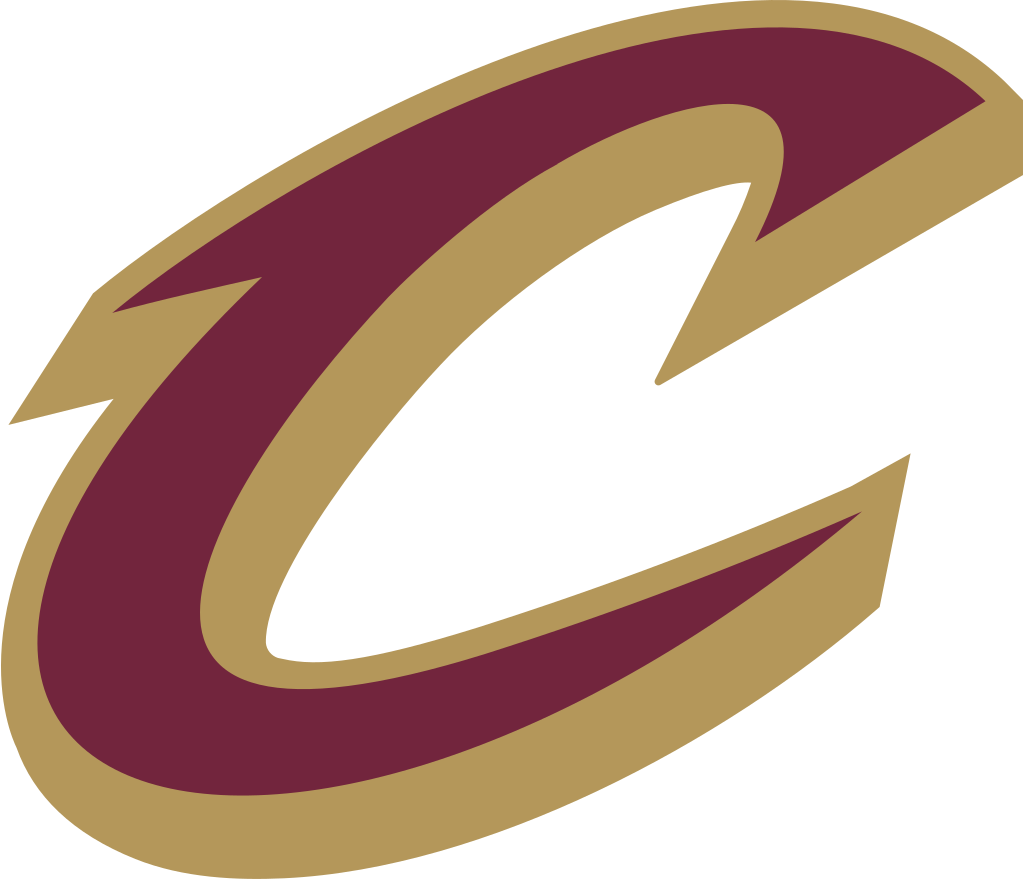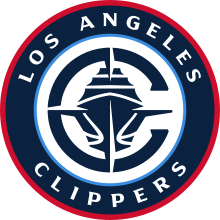The Beginning Years
The Phoenix Suns were the only professional sports team based out of Arizona for nearly 20 years until the Arizona Cardinals showed up and claimed their stake. The team was first established in 1968 after several local businessmen joined forces and purchased an NBA franchise for a staggering $2 million. Yet, a team located in Phoenix wasn’t expected to draw a crowd due to poor location.
The Suns earned their name with the assistance of the locals, who chose the name “Suns” out of many desert-related name options (like the Scorpions and the Tumbleweeds). The first few years as a professional team led by General Manager Jerry Colangelo was filled with struggle. The Suns were unable to clinch even the most simple wins, ending the season with a depression 16-66 record and not even coming close to a spot in the playoffs.
The Phoenix Suns drafted players like Gail Goodrich and Dick Van Arsdale, who would become All-Stars and lead the team to future success. By the 1976 season, the Phoenix Suns finally reached the playoffs after loading the roster with the likes of Ricky Sobers and Alvan Adams. Despite having a record barely above .500, the Suns secured a victory over the Golden State Warriors and made it to the finals.
The 1976 NBA Finals between the Boston Celtics and the Phoenix Suns was filled with drama, with the fifth game of the series going into triple overtime due to an overload of fouls. The Suns would eventually fall to the Celtics in the series. Yet, the success of the team would take several devastating blows after locking down 8 consecutive playoff appearances. That was when several players were arrested during a drug scandal and another player died in a plane crash.
In a desperate attempt to recover the formerly successful team, the Suns acquired veteran players like Kevin Johnson and Mark West. The team turned its unimpressive years into success, lacing up their shoes for 13 straight playoff appearances since 1988. The addition of players like Charles Barkley in 1992, an 11-time NBA All-Star, would lead the team to only lose a stunning 68 games between 1992 and 1995.

















